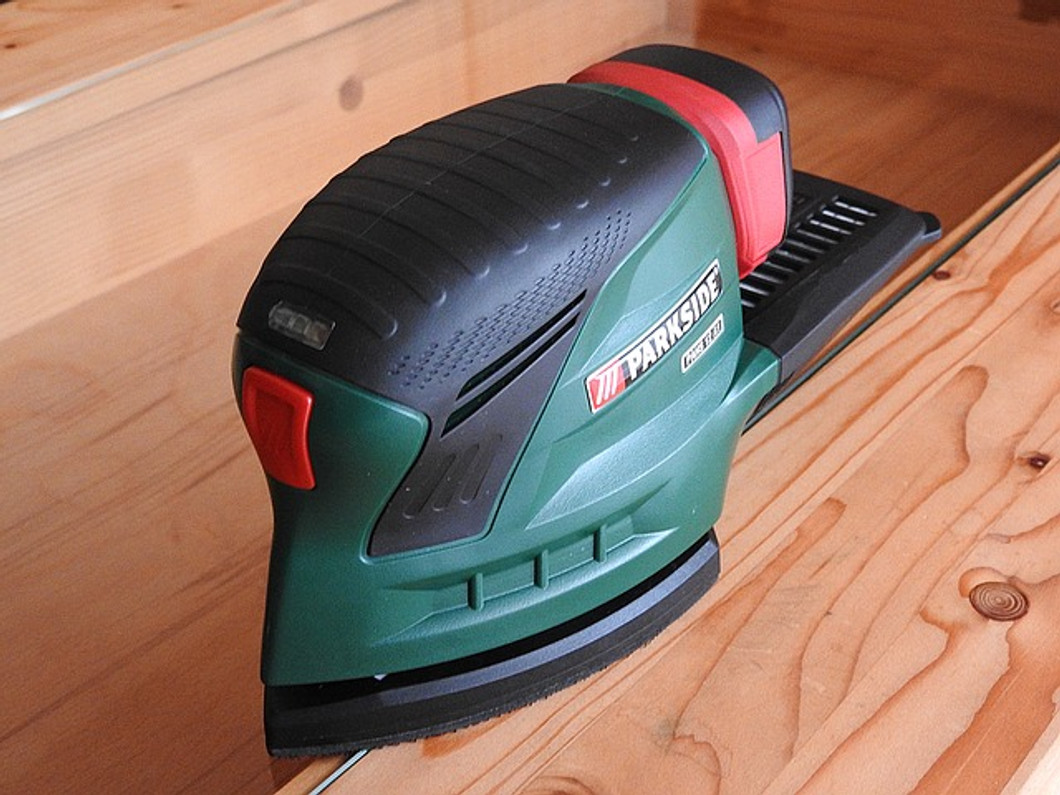How to Protect Against Injury When Using Powered Sanding Tools
Powered sanding tools offer a fast and easy way to sand down otherwise rough surfaces. Whether you use a rotary sander, an orbital sander or a dual-action (DA) sander, it will wear down the surface to create a smooth finish. Like all machining tools, though, there's an inherent risk of injury when using a powered sanding tool. If you aren't careful, you could succumb to injury. To protect against injury, you need to follow some preventative measures when using a powered sanding tool.
Follow the Tool's Instructions
Not all powered sanding tools are the same. Some use different mechanisms to sand and smooth down otherwise rough surfaces. Therefore, you should read the tool's manual before attempting to use it. In the manual, you should discover safety guidelines from the manufacturer on how to use it. Whether you're familiar with the powered sanding tool or not, always follow the safety guidelines specified in the manual.
Wear Eye Protection
Of course, you should wear eye protection when using a powered sanding tool. According to the Centers for Disease Control and Prevention (CDC), a staggering 2,000 workers in the United States are treated for a work-related eye injury each day. While some of these eye injuries are minors, others are more severe. Regardless, you need to wear eye protection when using a powered sanding tool. A pair of impact-resistant goggles or glasses will shield your eyes from flying debris.
Wear a Dust Mask
Assuming you are only sanding -- as opposed to applying paints or solvents -- you should wear a dust mask. Why is a dust mask necessary? When you sand a surface, the tool will remove small pieces of material that rise and float in the air as dust particles. Without a mask, you may accidentally inhale some of these dust particles, which can lead to health problems later down the road.
Work in a Ventilated Area
Another safety tip to follow when using a powered sanding tool is to work in a ventilated area. As you sand, dust particles will rise into the air. While wearing a dust mask will prevent accidental inhalation, it's still a good idea to perform this job in an open and well-ventilated area.
Wear Hearing Protection
Of course, you should wear hearing protection when using a powered sanding tool as well. All powered sanding tools produce noise during operation. Hearing protection, such as noise-cancelling headphones, will protect against hearing loss associated with noise exposure.
Recent Posts
-
Fire Safety in the Workplace: What You Need to Know
What steps are you taking to prevent fires in your workplace? According to the U.S. Occupational Saf …Aug 23rd 2023 -
Is It Safe to Go Jogging With a Cold Infection?
If you're suffering from a cold infection, you might be wondering whether it's safe to go jogging. T …Aug 22nd 2023 -
5 Safety Tips to Follow When Using a Powder-Actuated Tool
Powder-actuated tools are commonly used to join materials to steel and concrete. Also known as Hilti …Aug 20th 2023




